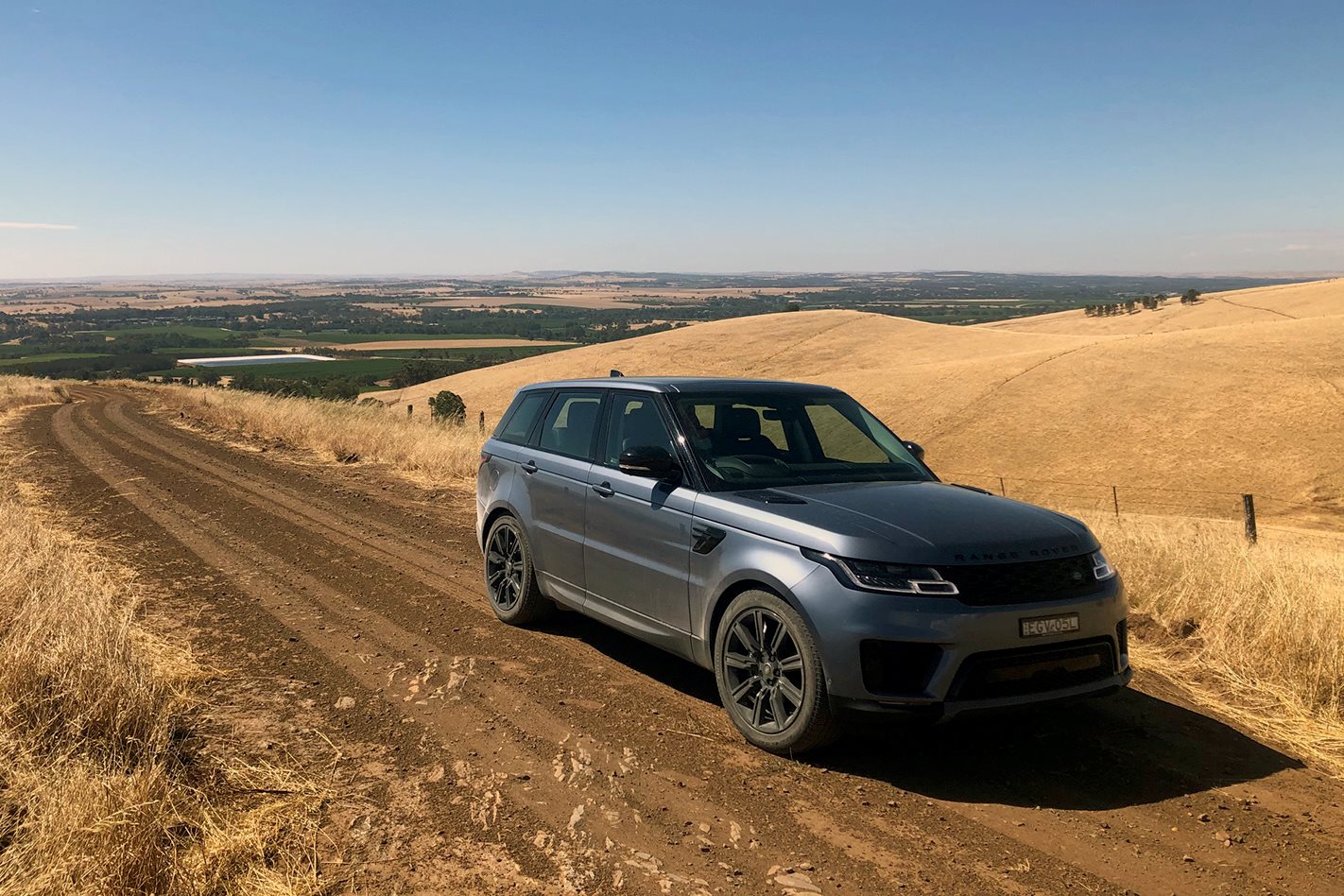
The place
One of Australia’s oldest and recognisable wine regions, the Barossa Valley is about 70km northeast of Adelaide beyond the Adelaide Hills.
Like most Aussie wine regions it has a sprinkling of charming towns providing plenty of gourmet options and interesting activities for when you’re done tasting produce from of the area’s 170 wineries.
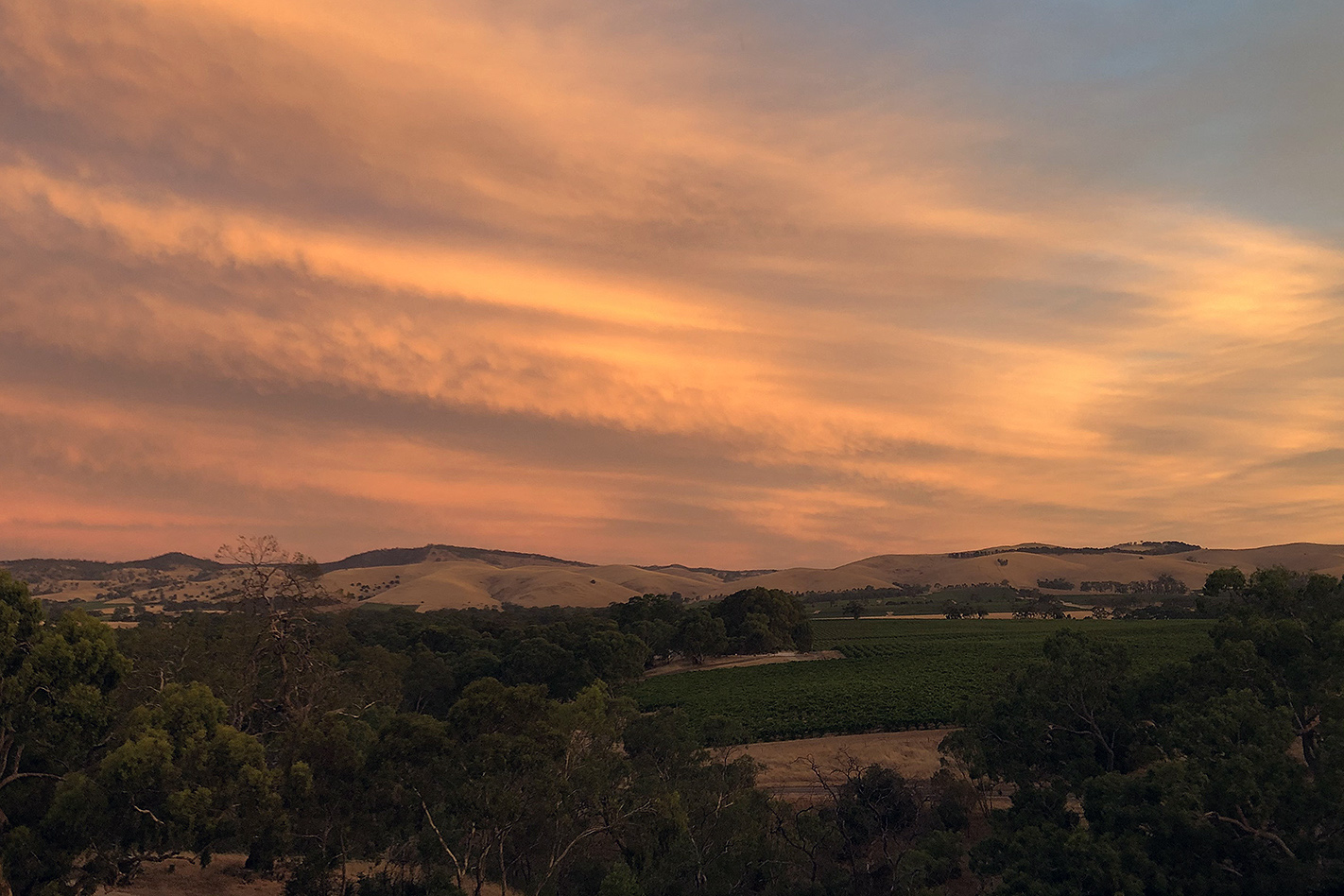
There is also plenty of natural beauty, including the Barossa Range whose various peaks stretch north from Mount Lofty in the Adelaide Hills and afford spectacular views across the vineyards.
The car
Our ride for this trip was the rather appropriate 2020 Land Rover Range Rover Sport Si4 SE Hybrid, which was in its element when gracing winery forecourts, cruising winding country roads or exploring dirt tracks on the surrounding hills.
With a base price of $134,166, it comes with a scrolling list of features as you’d expect in a Range Rover as well as excellent mechanicals including the punchy 2.0-litre turbocharged petrol/plug-in hybrid powertrain and four-wheel-drive that that makes it feel at home everywhere from the smoothest freeways to the roughest of tracks.
Our test vehicle came with about $10,000 worth of options including 16-way Memory Front Seats ($4570); Driver Assist Pack with front-facing exit monitor and adaptive cruise control, lane-keep assist, park assist and 360-degree parking monitor, and Byron Blue metallic paint.
The journey
The Barossa is about nine hours from Melbourne so we decided to break up our trip with a stopover in Meningie, situated on Lake Albert in South Australia’s beautiful Coorong region.
I first visited the area in 2019 driving a Nissan X-Trail and really liked how, while popular with passing travellers, it isn’t anywhere as big or busy as nearby Goolwa or Murray Bridge – if staying in Meningie check out the Meneingie Waterfront Motel where you can get a lake view room for under $100 a night.
The Coorong is 4WD heaven and the perfect place to try the Range Rover Sport on sand, though I was careful not to tackle anything too difficult as I wasn’t carrying any recovery gear and didn’t want to damage the fancy 21-inch sports rims shod with 275/45 Pirelli Scorpion all-terrain tyres.
I found a simple but picturesque sandy track to a place called Mark Point, which overlooks the vast lagoons that are separated from the Southern Ocean by massive sand dunes.
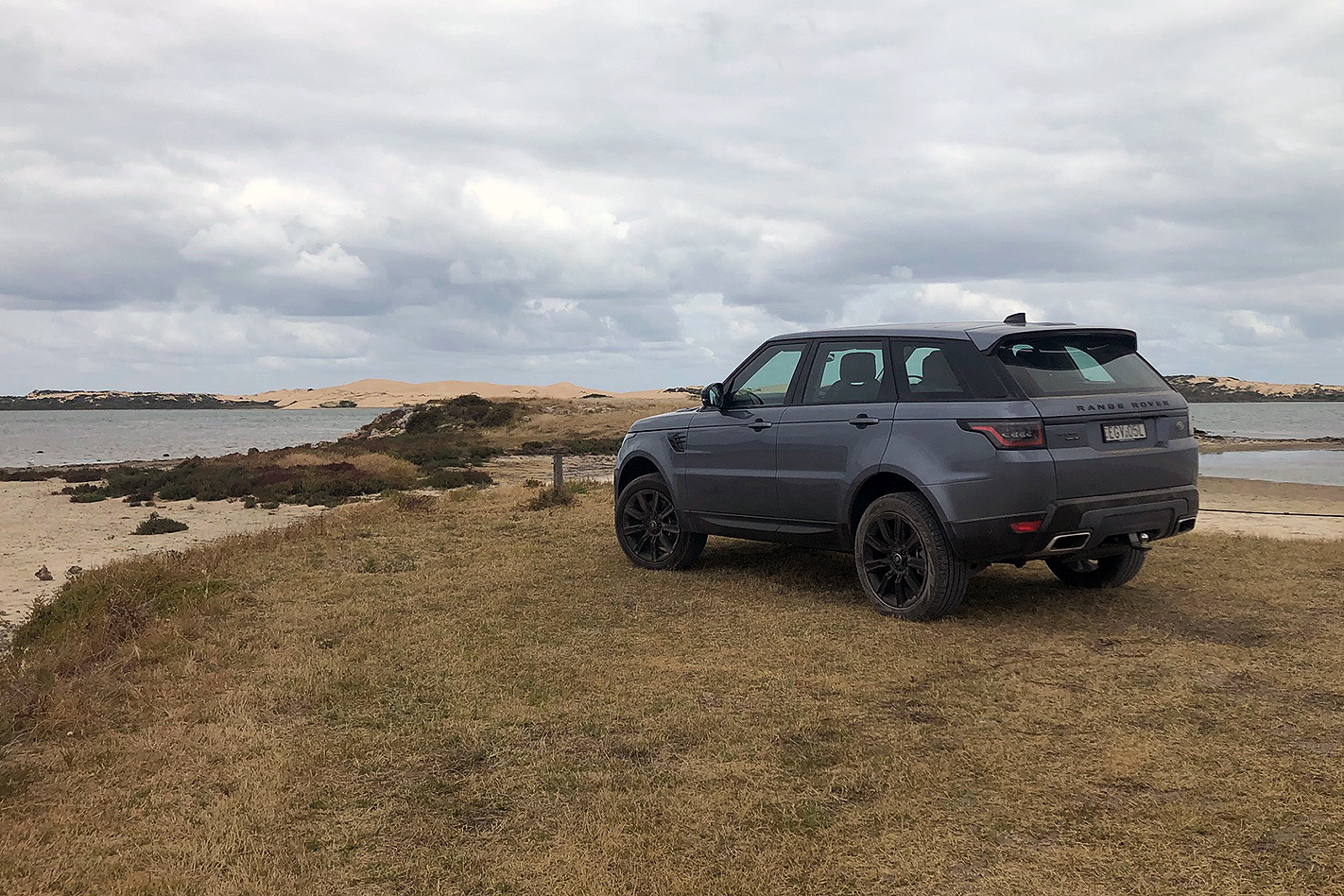
Despite the Sport moniker this Range Rover had no trouble negotiating the sand and powdered limestone thanks in no small part to the adaptive suspension that allows you to raise the springs 15cm above the normal setting to easily clear the ground between the deep ruts that would trouble more road-focused SUVs.
Then there’s the traction. The Range Rover Sport has a series of drive modes – ECO, Comfort, Dynamic, Grass/Gravel/Snow, Mud and Ruts and RockCrawl – that adjust the gearing, damping, traction and raises or lowers the suspension to suit.
There is also an Auto mode, which seamlessly adapts to different road conditions and how you drive on them.
It’s this versatility – the ability to negotiate soft sand and deep ruts and drive on to bitumen in the Coorong and then hug hairpins in the Adelaide Hills – that really impresses.
Barossa bound
We took the freeway route past Adelaide and toward the Barossa Valley where I was able to dwell on the Range Rover Sport’s luxurious side.
There is room in abundance, the sense of spaciousness enhanced by the fixed panoramic sunroof that takes up most of the roof.
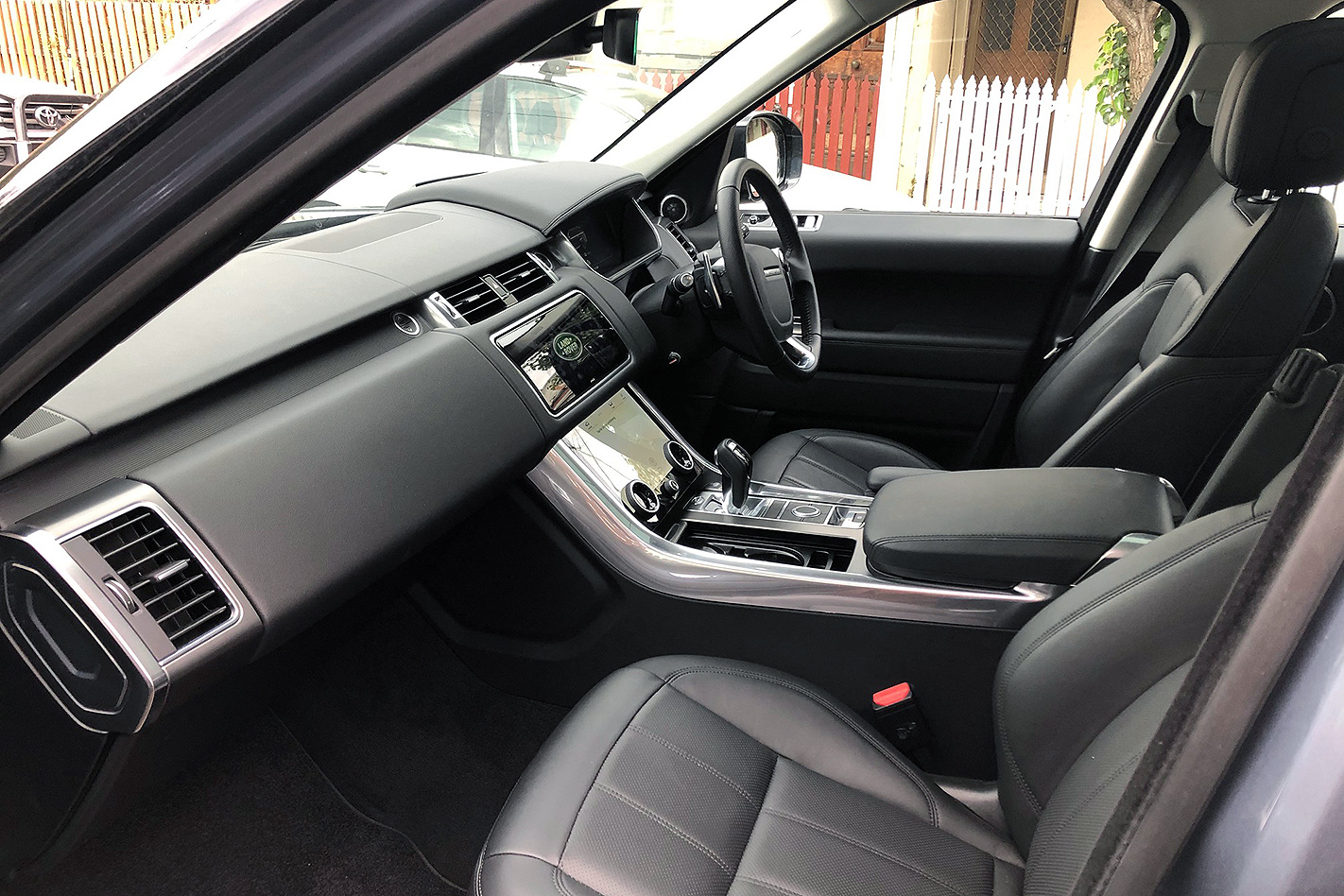
The leather seats are comfortable, with the front buckets in particular offering plenty of back, hip and under-thigh support.
In the nine hours total driving from Melbourne to the Barossa I barely had to adjust my position in the seat to get more comfortable.
That cabin space extends to the 780-litre boot, which is very practical despite the boot floor being 46mm higher to accommodate the batteries, resulting in the overall volume being reduced by 79 litres.
Still, we were able to fit plenty in there and there is a switch that lowers the rear wheels to help handle heavy loads.
Another disadvantage with having batteries under the boot floor is that there is no room for a spare tyre, meaning you have to make do with tyre repair kit – another reason I wasn’t too adventurous in the Coorong.
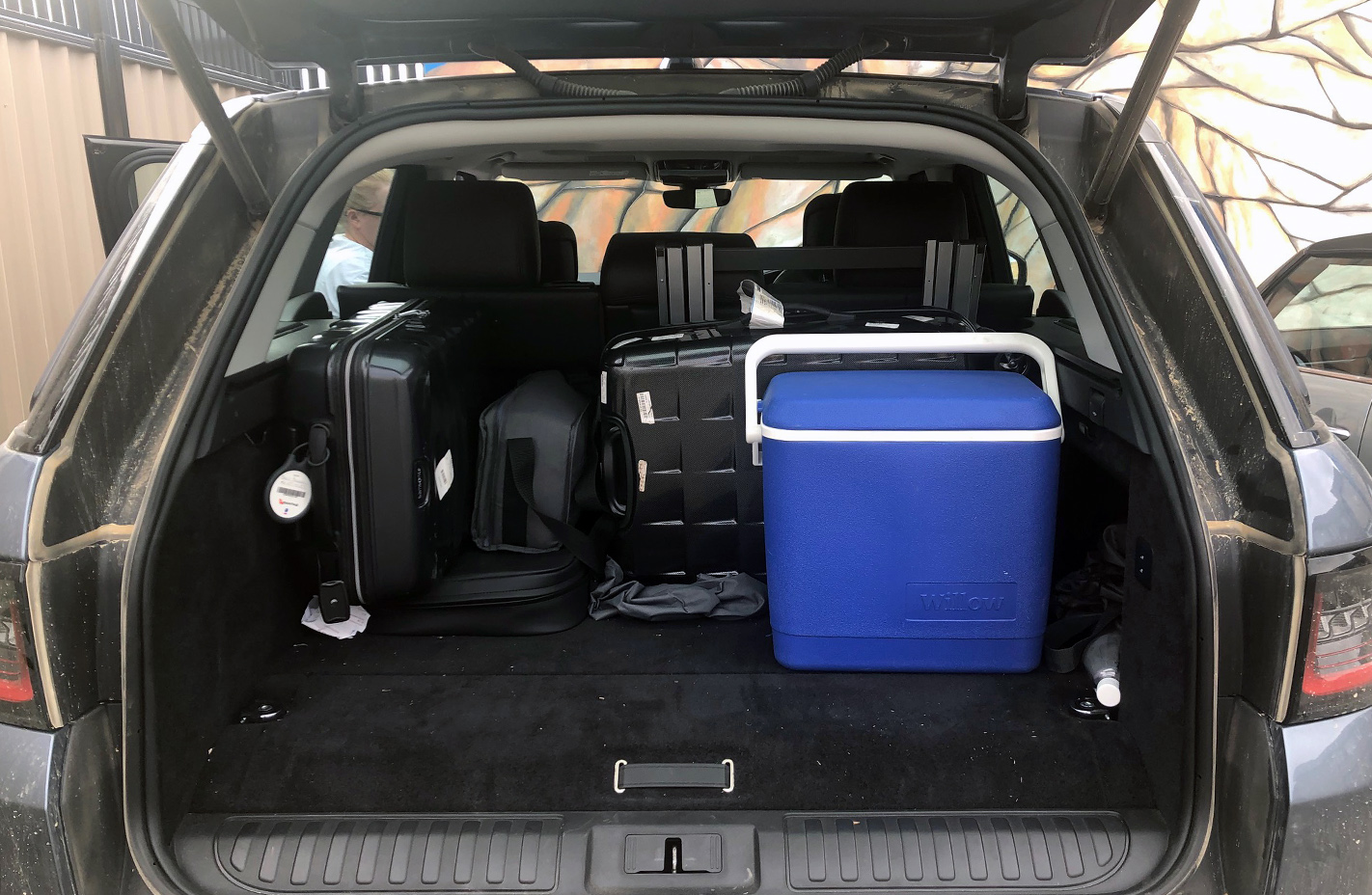
Up front, the dual-screen infotainment system, which includes the climate control settings takes some getting used to, but once you do it’s quite intuitive with on-screen ‘buttons’ easy to operate even when on the move.
The additional functions that come with the Driver Assistance pack such adaptive cruise control and lane-keeping assist operated smoothly… though I don’t get why such features, which are standard in far more affordable vehicles, are extra-cost options in an SUV with a six-figure price tag.

Our ultimate destination was the Novotel Barossa Valley at Rowland Flat, home to world-famous Jacobs Creek Estate that’s located adjacent to the eponymous stream.
Built in 1999, the Novotel is a large resort-style hotel adjoining a nine-hole golf course. It has two long wings with ground and first-storey rooms looking out over bushland and vineyards toward the Barossa Range, which glows red at sunset.
The rooms are big and elegantly styled and the king-size bed we had was one of the most comfortable I’ve ever slept in.
Rooms are about $300 per night, which is pretty good value whether you’re using it as a base to explore the Barossa or just want to hang out at the pool or play a round of golf or tennis.
It also has a day spa and an elegant restaurant for breakfast and dinner, and lunch on weekends.
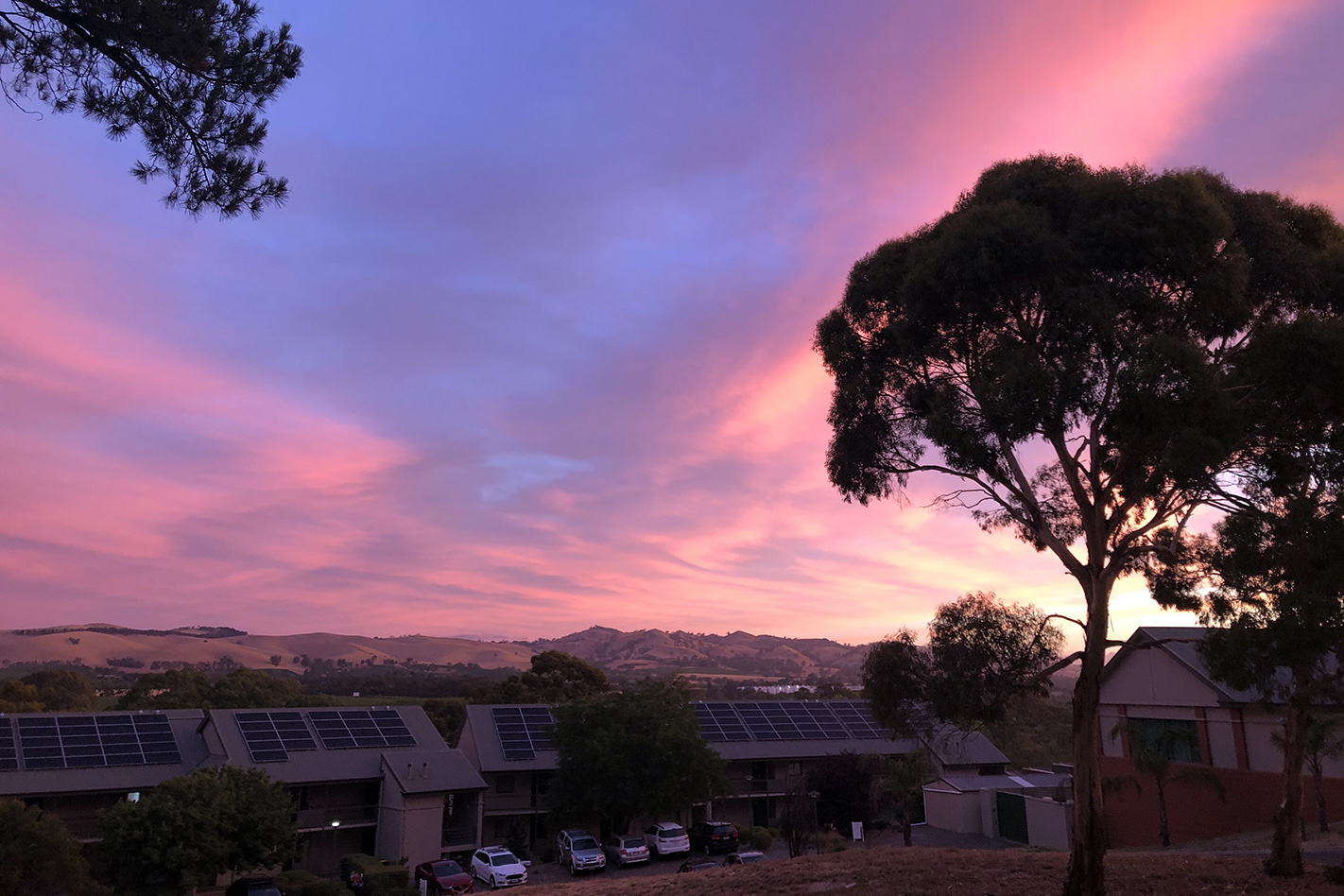
Rowland Flat itself is a blink and you’ll miss it town, but it’s only a five-minute drive to Tanunda that’s considered the historical heart of Barossa, with attractions including the Downton Abbey-looking Chateau Tanunda, Rockford Winery and Peter Lehmann Wines but to name a few.
Road trip
Spending a few days by the pool and at cellar doors isn’t the worst way to spend a holiday but it’s not really conducive to driving, so we decided to spend a day exploring the region and some of its alternative attractions starting with the Whispering Wall at the Barossa Valley Reservoir near Williamstown.
Built between 1899 and 1903, the nine-storey high concave dam was an engineering marvel in its day, but is now noteworthy for its acoustic properties that amazingly allow you to hear someone at the other end, 140 metres away, talk as though they’re right next to you.
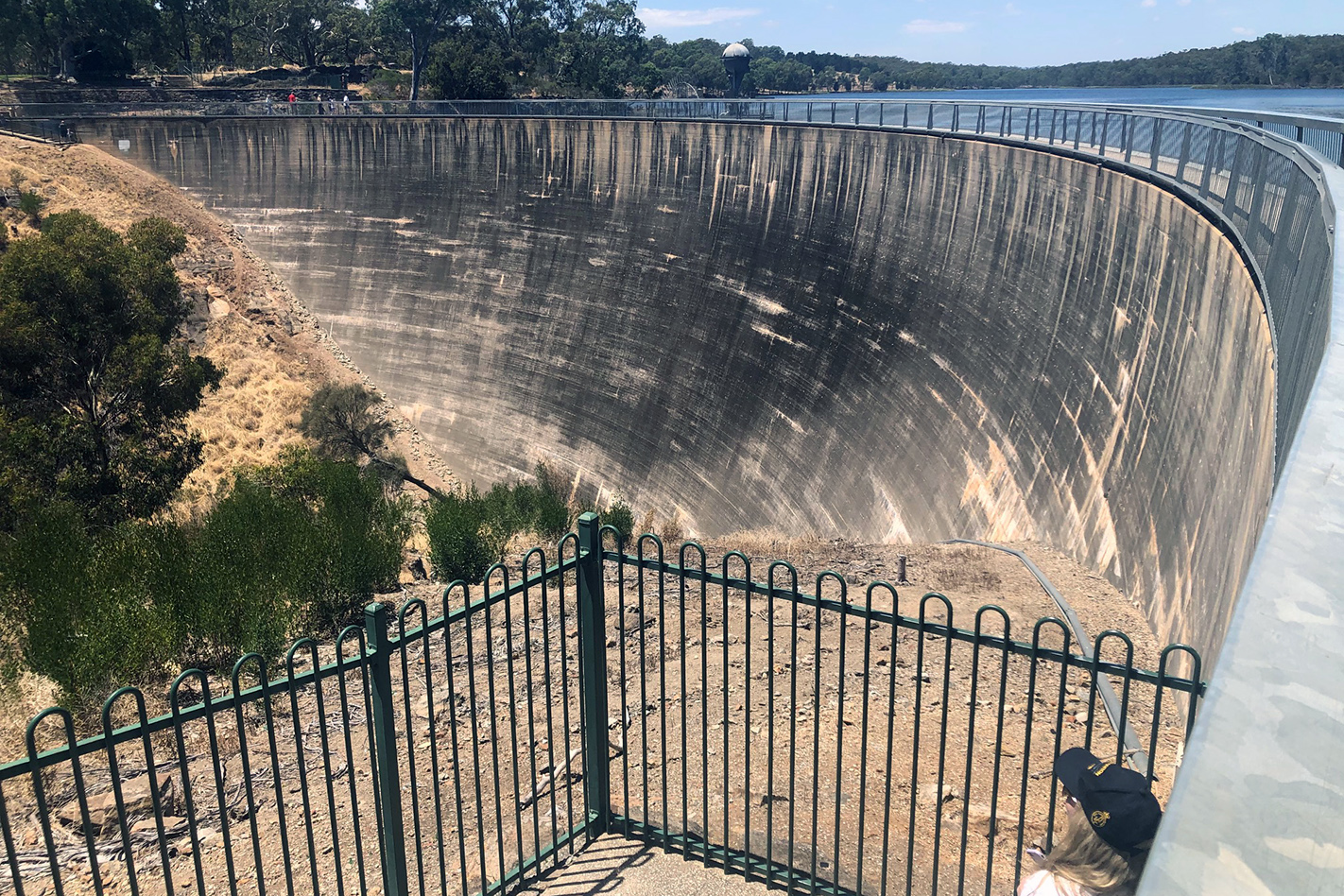
The reservoir itself is a nice place to have a picnic, with a big shady lawn near the water that’s provide some welcome relief from on a hot South Australian Day.
Should you want to do some wine tasting nearby, you’ll find Penfolds and Seppeltsfield.
You’re also not too far from Hahndorf, Australia’s oldest German settlement popular for its arts and crafts and restaurants, serving up Teutonic dishes such as German wurst, sauerkraut and pretzels.
Content to keep driving around and seeing the sites, including a 180-degree view of the entire valley from Mengler’s Hill Lookout – which also has a sculpture park that’s a bit ‘meh’ – we ended up in Angaston for lunch at 40’s Café situated in an old flour mill, which holds a string of awards including Australia’s best pizza and pizza maker.
After sampling their Publican Special pizza, which is topped with Barossa smoked bacon, salami, onion, capsicum, pepperoni, kalamata olives, mushrooms, jalepenos and anchovies, we had no reason to dispute their credentials.
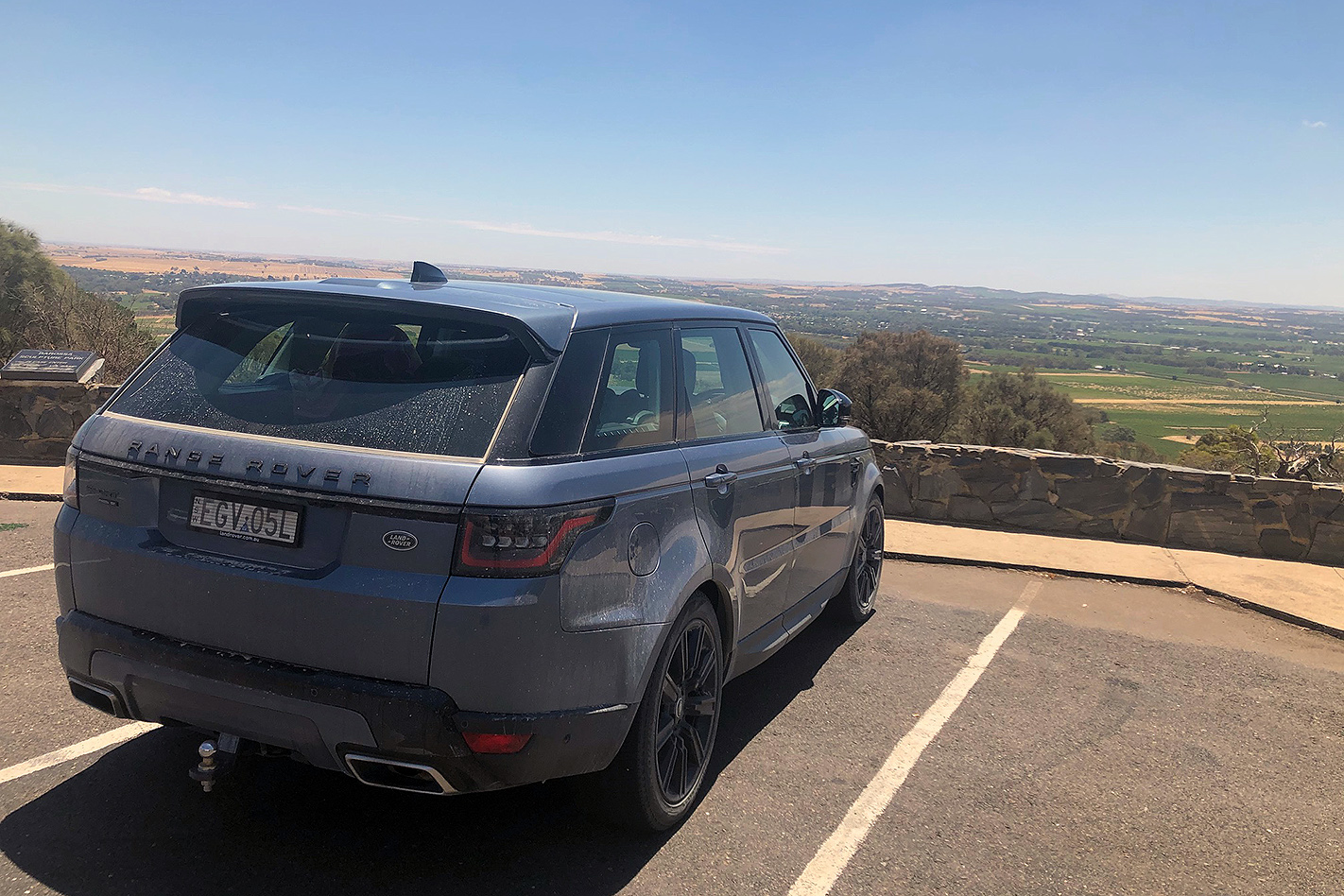
With the mercury rising we retreated to the Novotel for a swim and hit the road the following day to visit the Mt Lofty Botanic Garden in the Adelaide Hills.
The stunning 97-hectare park features flora from around the world laid out in a series of separate gardens and gullies whose exotic vegetation makes you think you’re stepping different parts of the world from the American woods to West Asian rainforests.
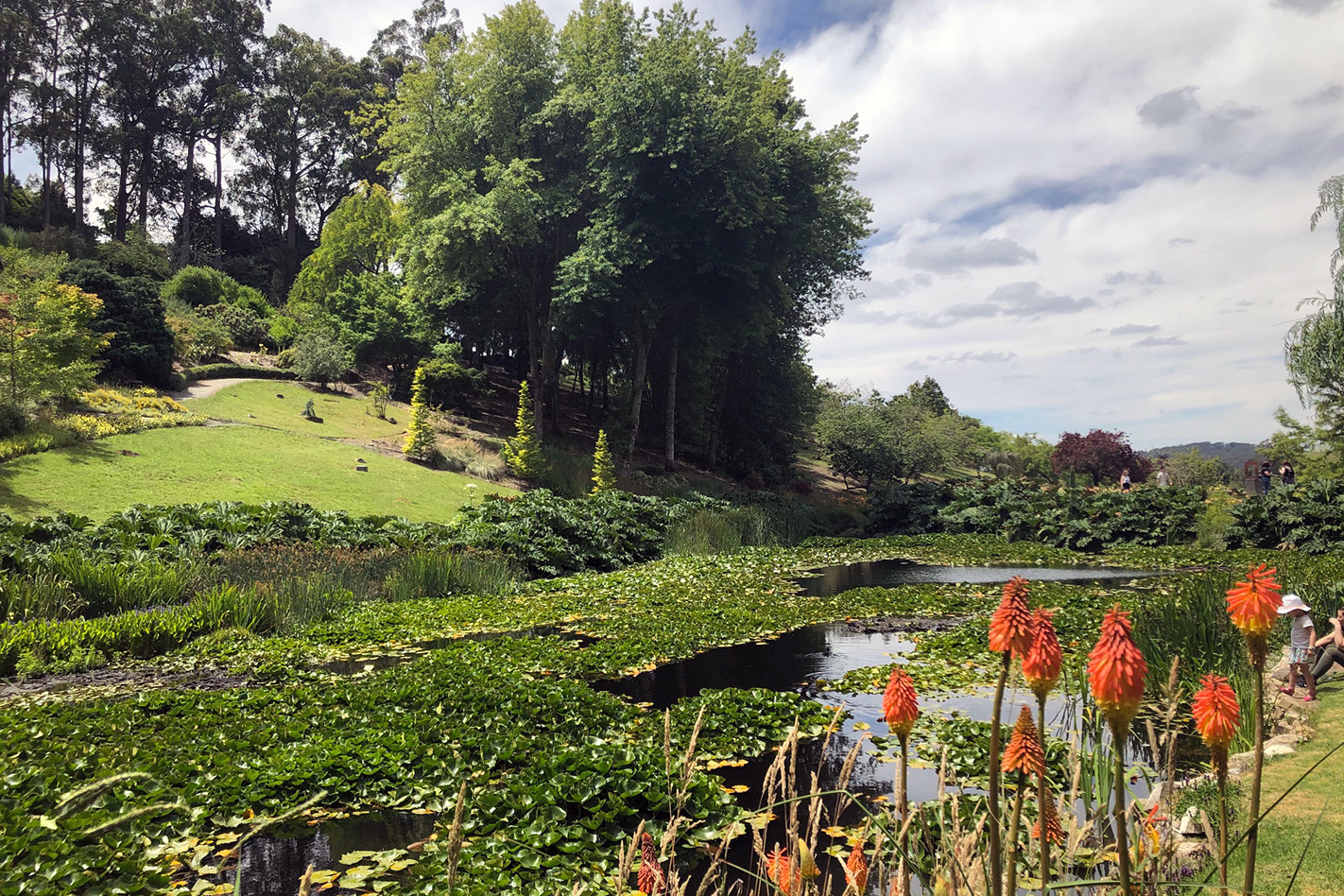
There two ways to get to Mt Lofty from the Barossa, which are each about 70km.
We chose the picturesque B31 otherwise known as the George Road, which has some tight bends once you get through the hills that the Range Rover Sport lapped up in Dynamic mode, which lowers and tightens the dampers a little more to make it think it’s a hatchback.
It’s a lot of fun when you’re behind the wheel but not so much of you’re the passenger, so we returned home on the stretchier B34 otherwise known as the Onkaparinga Road.
As with many single-lane highways in South Australia, this has stretches with 110km/h speed limits, which the plug-in hybrid Range Rover Sport does in a canter.
As well as offering fuel savings, the 105Kw electric motor provides an additional 76Kw power boost to the 221kW Si4 Ingenium Petrol engine when you really need it – not that I ever did.
Battery consumption is such so there’s always enough power to run silent at slow speeds.
With the 12.7kW battery sufficiently charged you can drive around in full EV mode for up to 48kms, though running the air-conditioning on a hot day will reduce that distance significantly.
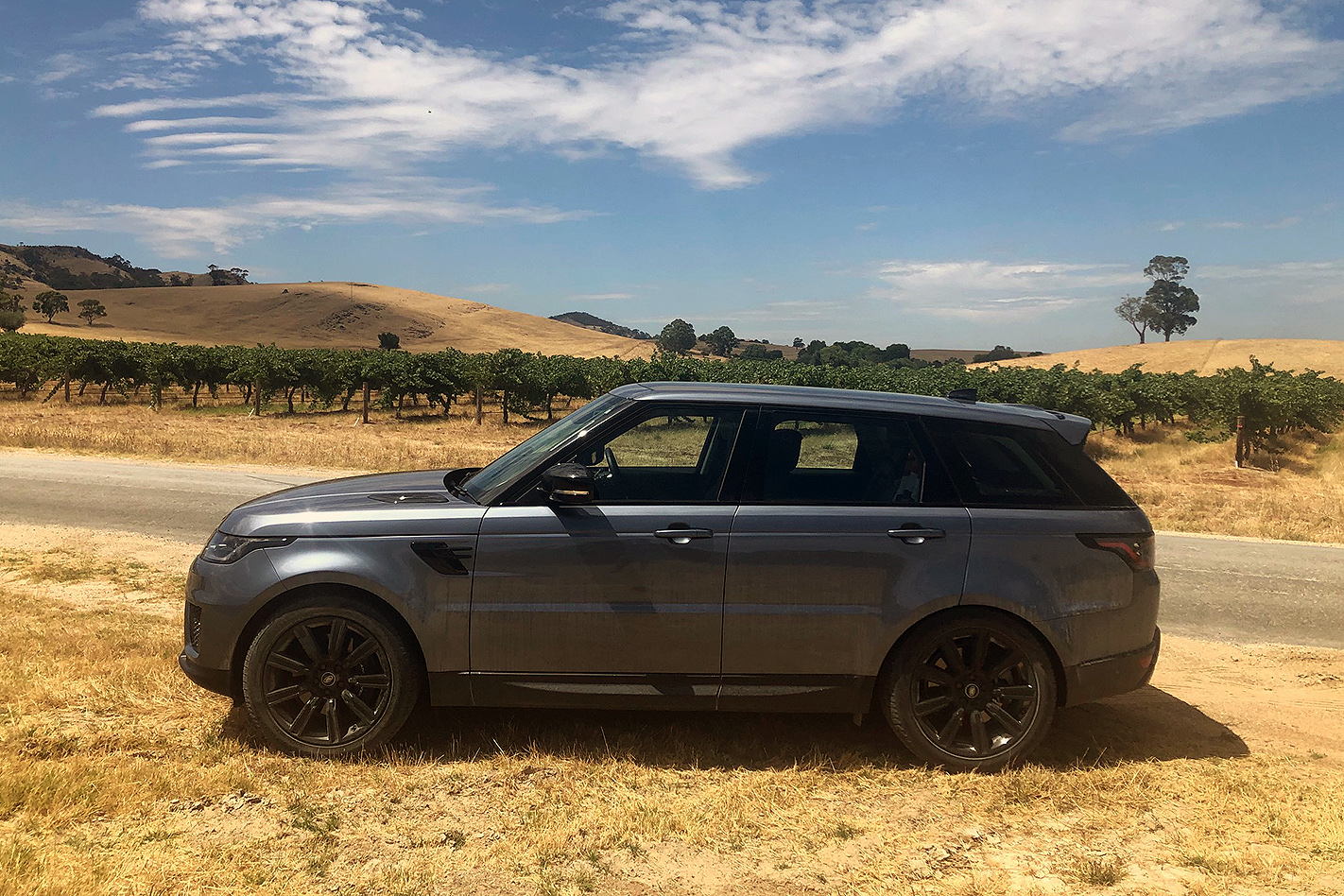
This also reduces fuel consumption to as low 2.4L/100km, if you set off on a full battery. Unfortunately, I wasn’t able to charge at the Novotel and while there is an EV charging station in Tanunda but it only has DC rapid chargers which aren’t suitable for PHEVs, which can only be charged with low wattage AC units.
Even so, it would take about two hours to charge the battery with 7kW or 22kW charger so it wasn’t really an option while on the move.
So, apart from a short time when I left home, most of the driving I did was on battery alone apart from when the regenerative breaking recouped about 13 per cent charge on the way down from the Adelaide Hills.
This helped bring fuel consumption for the entire trip of 9.7L/100km over 2658km.
This actually isn’t too bad for a 2.5-tonne large SUV and when you consider and the 400kg-lighter non-hybrid Si4 SE with the same petrol engine has a marginally lower official combined consumption of 9.2L/100km.
Still, you’re paying $28,000 more for the plug-in hybrid, which is a lot of money if you’re not going to use it to its full advantage.
Off the beaten track
For all the sign-posted attractions one of my favourite spots in the Barossa was one I found by accident just a short distance from the Novotel.
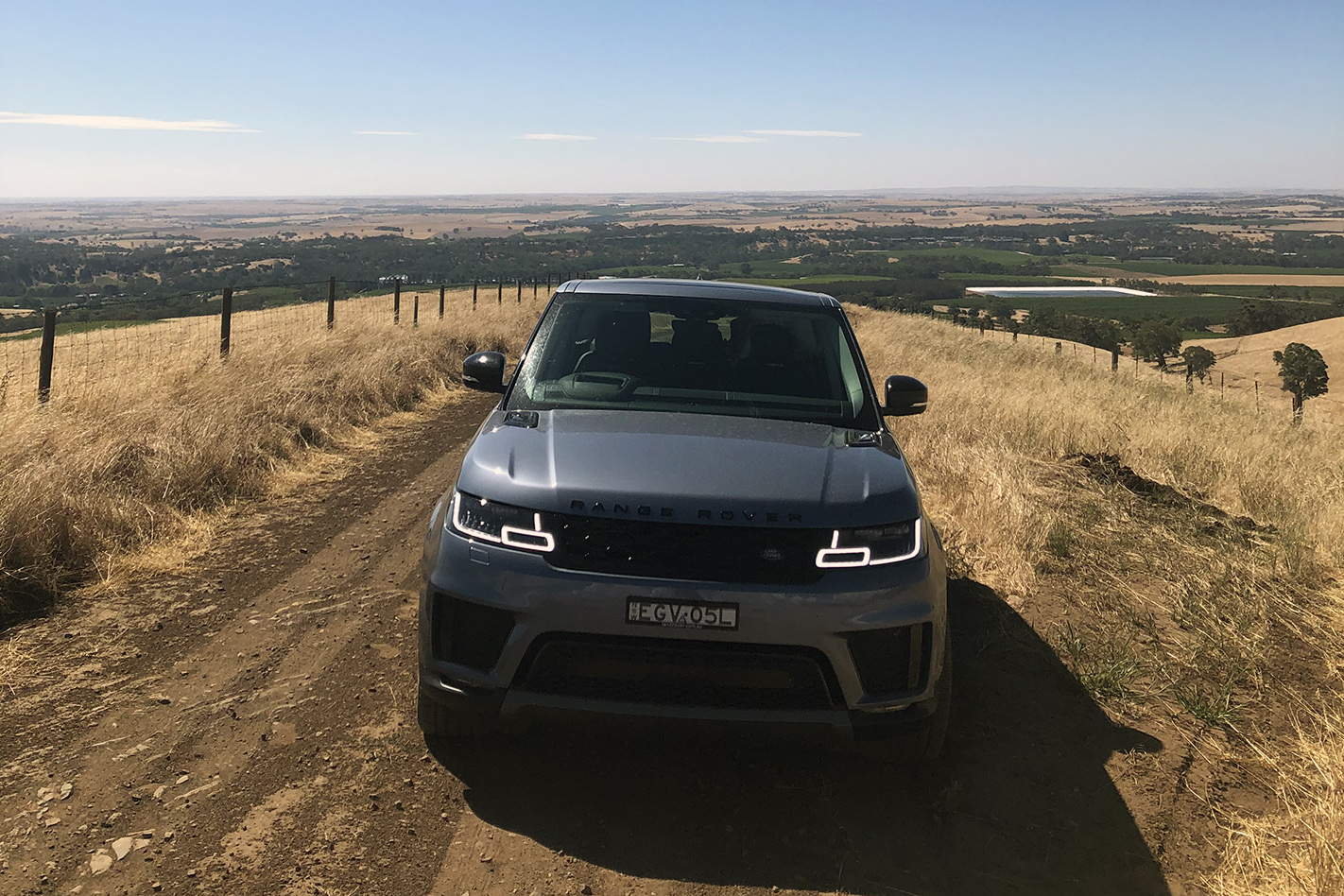
Steingarten Road off the Barossa Valley Way at Rowland Flat is a no-through road, but we decided to see where it leads and found ourselves driving up and up one of the Barossa Range’s slopes on a recently graded dirt track, trickling past bemused sheep and kangaroos.
A farm gate hindered our progress after about three kilometres, but we were high enough to take in great sunset views to see out our final day before heading home.
Normally this would be a bit of a downer, but I was actually looking forward to several more hours in the Range Rover Sport saddle.




